Local Constructability Analysis Services
Imagine you’re baking a complex cake for the first time. Wouldn’t you appreciate a guide that tells you the best order to mix ingredients, when to preheat the oven, or how to avoid common mistakes? That’s what Constructability Analysis does for construction projects. It’s about examining building plans through the lens of practical, on-site execution to ensure smooth sailing from start to finish.
Introduction to Constructability Analysis
Constructability Analysis is like a roadmap for construction projects. It assesses plans and designs with a focus on practical implementation. Think of it as a bridge between what looks good on paper and what works best on the ground.
Benefits of Constructability Analysis
Enhanced Project Efficiency
In the realm of construction, streamlining the process from initial blueprints to the final laying of bricks is essential. Our approach to enhancing project efficiency focuses on optimizing each phase of the building process. By carefully coordinating tasks and employing effective project management techniques, we ensure that every step, from design to construction, is executed seamlessly.
This streamlined approach not only saves time but also enhances overall productivity, ensuring that projects are completed within their intended timelines.
Cost-Effective Solutions
A key aspect of our service is the identification of potential savings that do not compromise the quality of the project. We meticulously analyze various cost factors, seeking opportunities to reduce expenses without affecting the integrity and outcome of the construction. This involves smart material procurement, efficient resource allocation, and the utilization of advanced construction methods.
By adopting such cost-effective strategies, we deliver projects that are not only financially viable but also uphold the highest standards of quality.
Key Stages in Constructability Analysis
Constructability Analysis, a critical component in construction management, involves several key stages:
- Initial Project Review: Evaluating the project’s feasibility and defining its scope.
- Design Analysis: Scrutinizing architectural and engineering designs for practicality and cost-effectiveness.
- Material Assessment: Selecting optimal materials based on durability, availability, and cost.
- Labor Evaluation: Analyzing workforce requirements, including skill levels and labor availability.
- Site Examination: Conducting a thorough site analysis to identify potential construction challenges.
- Risk Identification: Proactively identifying possible risks and developing strategies for mitigation.
- Constructability Integration: Ensuring all project elements, from planning to execution, are seamlessly aligned for efficient construction.
Each of these stages plays a vital role in the Constructability Analysis process, contributing to a more streamlined, cost-effective, and feasible construction project.
Integrating Constructability with Design
Collaboration with Designers
In the constructability analysis process, collaboration between designers, including architects and engineers, and builders is crucial. This collaboration is aimed at bridging the gap between conceptual designs and practical construction.
By fostering a symbiotic relationship between these professionals, we ensure that the architectural vision aligns seamlessly with construction realities. This synergy not only enhances the feasibility of the project but also ensures that the final construction reflects the intended design accurately and efficiently.
Practical Design Adjustments
A key aspect of our constructability analysis is the refinement and adjustment of designs to optimize them for on-site execution. This involves reviewing and tweaking architectural plans to ensure they are not only aesthetically pleasing but also practical and executable within the constraints of the construction site.
Factors such as material suitability, labor efficiency, and site conditions are considered, enabling modifications that facilitate smoother construction processes. By making these practical design adjustments, we enhance the overall efficiency and effectiveness of the construction, ensuring that the projects are completed on time, within budget, and to the highest quality standards.
Cost-Saving Strategies
Efficient Resource Use
In the realm of construction management, the efficient utilization of resources stands as a key priority. Our approach focuses on maximizing the use of materials and labor to significantly reduce waste.
By carefully planning and managing these resources, we ensure that every material is used optimally and every hour of labor contributes effectively to the project’s progress. This not only aids in environmental sustainability by minimizing waste but also contributes to the overall cost-efficiency of the project.
Value Engineering
Our strategy also encompasses value engineering, a methodical process that aims to achieve the ideal balance between cost, functionality, and aesthetics. Through this approach, we scrutinize every aspect of the project to identify opportunities for cost savings while maintaining high standards of quality and design.
This process involves considering alternative construction methods and materials that offer the same or improved functionality at a lower cost. Value engineering is integral to our commitment to delivering projects that not only meet but exceed client expectations in terms of both utility and design, all within a reasonable budget.
Risk Mitigation through Constructability
Identifying Potential Issues
A critical aspect of effective construction management involves the early identification of potential issues. Our approach is centered on preempting problems before they manifest on the construction site. This involves a thorough analysis of the project plans and processes to pinpoint areas that might pose challenges during construction. By identifying these issues in advance, we are able to develop strategies to mitigate them, ensuring a smoother project flow and minimizing the risk of delays or cost overruns.
Planning for Safety
Safety is a paramount concern in construction, and it is a priority from the very beginning of the planning stage. We integrate safety planning into every phase of the project, from initial design to final construction. This involves assessing potential hazards, ensuring compliance with all safety regulations, and implementing proactive measures to prevent accidents. By prioritizing safety in our planning, we not only protect the workforce and the public but also enhance the overall efficiency and reputation of the construction project.
Client Involvement in Constructability
Client Education
An essential component of our service involves educating clients about the construction process. We believe that an informed client is an empowered one. Our team dedicates time to explain the various stages of construction, the rationale behind key decisions, and the implications of different choices. This educational approach not only enhances client understanding but also fosters a sense of involvement and trust in the project.
Feedback Integration
We place great emphasis on integrating client feedback into our planning and execution. By actively listening to and incorporating their insights and preferences, we ensure that the final outcome aligns with their vision. This responsiveness to client feedback is a crucial part of our adaptability, allowing us to make necessary adjustments to plans and strategies. It ensures that the project evolves in a way that continuously reflects the client’s needs and expectations.
Building the Way for Smarter Construction
Constructability Analysis is not just about building; it’s about building smarter. It’s a critical tool that ensures projects are not only designed beautifully but are also practical, cost-effective, and safe to construct.
Ready to embark on a construction journey that’s well-planned, efficient, and tailored to your needs? Let’s make it happen with expert Constructability Analysis.
Frequently Asked Questions
How does Constructability Analysis save costs?
By identifying more efficient methods and materials, reducing waste, and avoiding delays.
Can Constructability Analysis speed up a construction project?
Yes, by streamlining processes and pre-empting issues, it can accelerate project timelines.
What’s the relationship between design and constructability?
Constructability ensures that designs are practical and feasible to implement on site.
How does Constructability Analysis mitigate risks?
By identifying potential issues early, allowing for proactive solutions.








